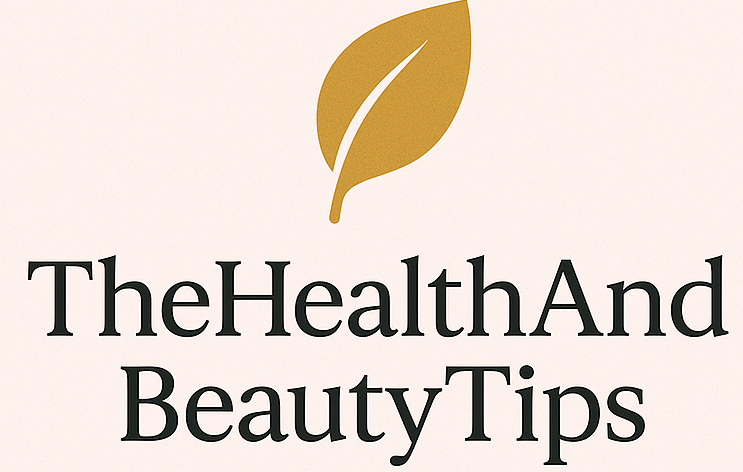Health insurance might seem complicated and expensive, but the truth is, finding affordable coverage in 2025 is more doable than ever. Whether you’re self-employed, between jobs, or just tired of high premiums, you’ve got options. The key? Knowing where to look and what to compare. Let’s break it all down in simple terms so you can find a health plan that won’t break the bank.
MY BLOG: {How to Find Affordable Health Insurance in 2025?}
Why Affordable Health Insurance Matters More Than Ever
Let’s face it—healthcare costs keep rising. One emergency room visit could cost thousands. Without insurance, you’re one accident away from financial disaster. Affordable health insurance offers a safety net that protects both your health and your wallet.
Types of Health Insurance You Should Know
Marketplace (ACA) Plans
These are government-regulated plans sold through HealthCare.gov or state marketplaces. They cover essential services and offer income-based subsidies.
Medicaid
If you’re low-income, Medicaid is a fantastic option. Eligibility varies by state, but it’s often free or very low-cost.
Employer-Sponsored Insurance
If your job offers it, this is usually the most affordable choice due to employer contributions.
Short-Term Insurance
Ideal for gaps in coverage but limited in benefits. Only choose this if you’re healthy and need temporary protection.
Health Sharing Ministries
These are non-insurance groups where members pool money for medical needs. Not for everyone, but cheaper than traditional plans.
Step-by-Step: How to Find Affordable Health Insurance
Step 1: Know What You Need
Start with the basics:
Do you take regular prescriptions?
Do you need dental or vision?
have ongoing medical conditions?
Your answers will help narrow down the plan that gives you the most bang for your buck.
Step 2: Set a Realistic Budget
Decide how much you can spend monthly and annually. Remember to factor in:
Premiums
Deductibles
Co-pays
Out-of-pocket max
A lower premium might mean higher costs later, so think long-term.
Step 3: Use Government Marketplaces
Go to HealthCare.gov or your state’s exchange. Plug in your income, ZIP code, and family size to see what subsidies you qualify for.
Pro Tip: In 2025, subsidies are available for more people than ever—don’t assume you make too much!
Step 4: Compare Plans Side-by-Side
Focus on:
Monthly premium
Deductible
Network (check if your doctor is included)
Prescription coverage
Customer reviews
Use comparison sites like Policygenius, Stride Health, and eHealth to make this easier.
Step 5: Check for Medicaid or CHIP Eligibility
Medicaid and the Children’s Health Insurance Program (CHIP) offer low-cost coverage for eligible individuals and families. Check your state’s rules—many expanded access in 2025.
Step 6: Consider a High Deductible Plan with an HSA
High Deductible Health Plans (HDHPs) cost less monthly and qualify you for a Health Savings Account (HSA). You can contribute tax-free money to use for future medical expenses.
Tips for Lowering Your Insurance Costs
Take Advantage of Preventive Services
Most ACA-compliant plans include free preventive services like vaccines, screenings, and annual checkups.
Stay In-Network
Always use in-network doctors and hospitals. Going out-of-network = big surprise bills.
Choose Generic Drugs
Ask your doctor to prescribe generics—they’re way cheaper and often just as effective.
Use Telemedicine
Virtual doctor visits cost less than in-person appointments and are usually covered.

Common Mistakes to Avoid When Looking for Cheap Insurance
Only looking at the monthly premium
A low premium plan may come with a sky-high deductible. Balance both.
Not checking provider networks
You might love your doctor, but if they’re out-of-network, you’ll pay more.
Missing enrollment deadlines
Open Enrollment is usually from November to mid-January. Miss it, and you’re stuck unless you qualify for a Special Enrollment Period.
Not checking eligibility for subsidies
So many people skip this step and miss out on big savings.
Tools and Resources to Help You Compare
State marketplaces (e.g., Covered California, NY State of Health)
Stride Health
Policygenius
eHealth Insurance
Your employer’s HR department
Special Options for Unique Situations
Freelancers and Gig Workers
Check out freelancers’ unions or platforms like Stride Health that cater to independent workers.
Students
Many schools offer cheap insurance plans. If not, you can stay on your parents’ plan until 26 or shop for your own on the marketplace.
Retirees Under 65
If you’re not eligible for Medicare yet, check for ACA subsidies or COBRA continuation coverage.
New Immigrants
Certain states offer subsidized coverage for new residents, even without full documentation.
Best Practices to Lock In Affordable Coverage
Shop during Open Enrollment
Double-check your network and covered medications
Use AI-powered tools that ask questions and recommend best-fit plans
Ask licensed agents for free guidance (they’re paid by insurers, not you)
Keep an eye on premium changes each year

Conclusion
Affordable health insurance in 2025 is no longer a myth—it’s accessible if you know where to look and how to compare. Start by assessing your needs, set a budget, and using online marketplaces and tools to find the best plan for you. Don’t wait until you’re sick to worry about coverage. With the right plan, you’ll protect your health and your finances. So get started today and take control of your healthcare future.
FAQs
What’s the cheapest way to get health insurance in 2025?
If you qualify for Medicaid, that’s usually the most affordable. If not, use subsidies on the ACA marketplace to lower your premium.
Are there income limits for getting help paying for insurance?
- Yes, but they’re more generous in 2025.

